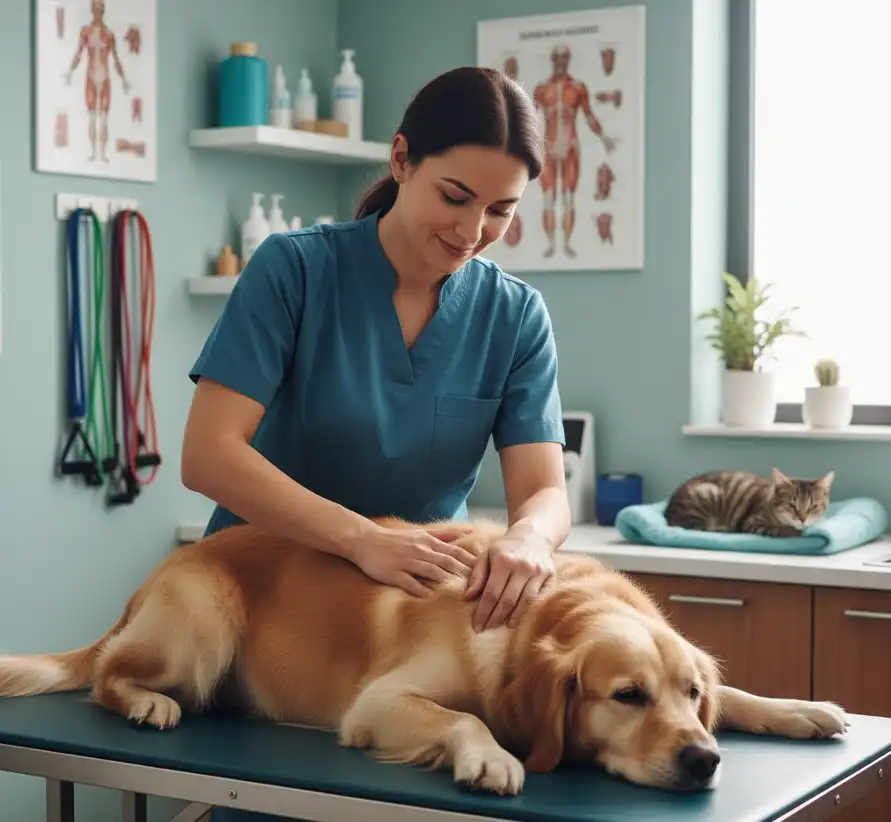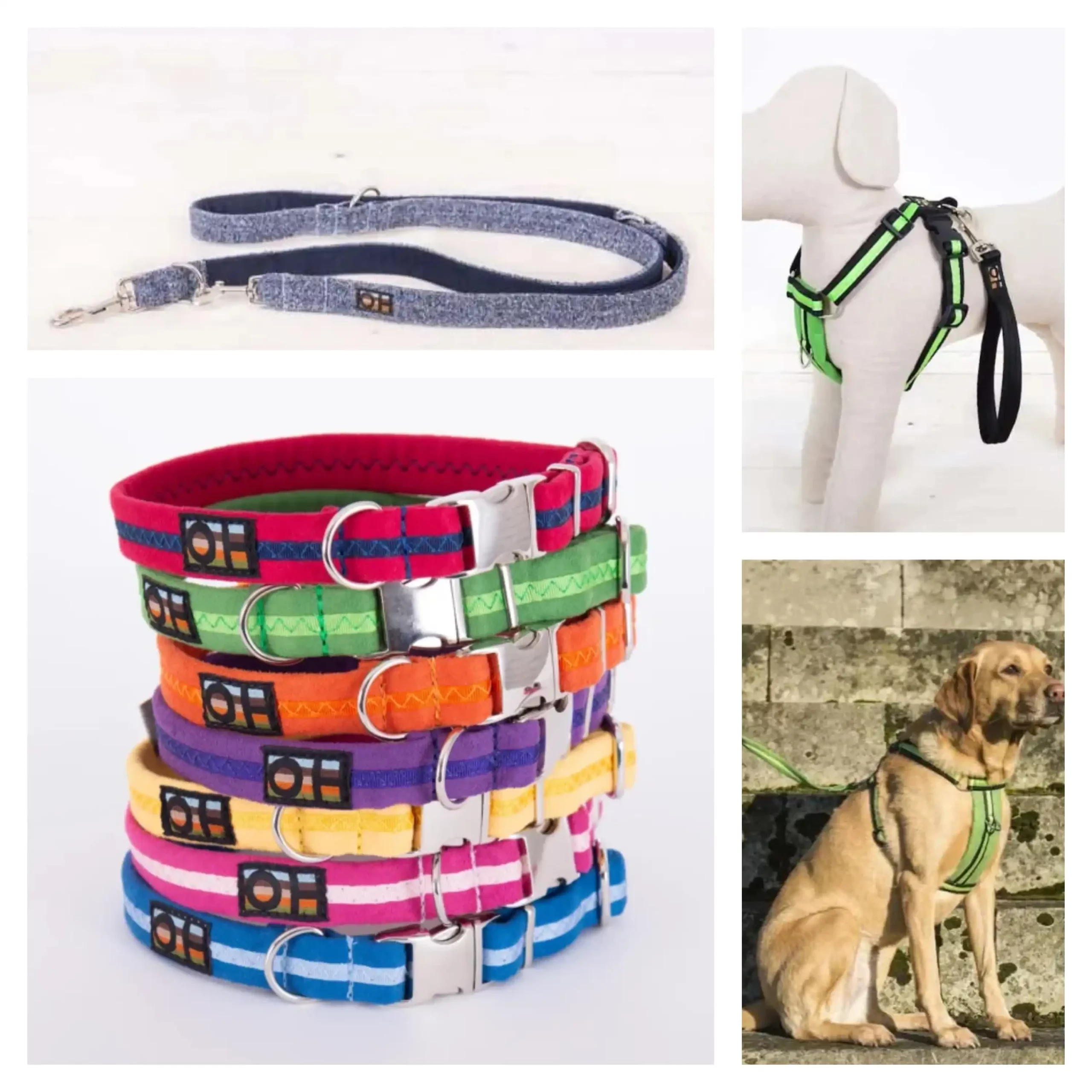What about the Injuries to the Dog’s Leg
Has your dog experienced a leg injury? Find out how to identify and treat common injuries, and help your furry friend get back on their paws!
Leg injuries to Dog are not unusual. Daily wear and tear after years of use can frequently lead to different disorders and injuries. In addition, different types have a greater possibility of dealing with specific leg injuries. Here are some typical kinds of dog leg injury, ways to determine such disorders, and ways to deal with and avoid them.
Types
Dog leg injuries cover a large spectrum. Dislocations might take place too, specifically in older dogs with weaker joints.
Causes
Practically anything that can trigger a human leg injury can trigger a dog leg injury.
Common Types of Leg Injuries in Dogs
Dogs can suffer from a variety of leg injuries, ranging from minor sprains to more serious fractures. Here are some of the most common types of leg injuries in dogs:
Sprains and Strains
Sprains and strains are common injuries that can occur when a dog overexerts themselves or engages in rough play. These injuries typically result in swelling, pain, and limited mobility.
Fractures
Fractures, or broken bones, can occur as a result of trauma such as a fall or being hit by a car. Symptoms may include swelling, pain, and an obvious deformity of the affected limb.
Dislocated Joints
Dislocated joints occur when the bones in a joint become separated. This can happen as a result of trauma or degenerative joint disease. Symptoms may include limping, pain, and swelling.
Torn Ligaments
Torn ligaments, such as the anterior cruciate ligament (ACL), are common in dogs and can cause significant pain and limping. These injuries can be caused by sudden movements or degeneration over time.
Treatment
Treatment for leg injuries in dogs depends on the severity and type of injury. In many cases, rest and limited activity may be all that is needed. More severe injuries may require surgery, physical therapy, or medication to manage pain and inflammation.
Prevention
Preventing leg injuries in dogs involves providing appropriate exercise and ensuring that your dog’s environment is free from hazards that could lead to injury. Regular veterinary check-ups can also help detect and prevent leg injuries before they become more serious.
Conclusion
If you suspect that your dog has suffered a leg injury, it’s important to seek veterinary care as soon as possible. Early treatment and management can help prevent the injury from becoming more severe and improve your dog’s overall quality of life.
-

How to Clean and Deodorise Pet Beds
-



How Adding Medical Massage Can Expand a Veterinary Practice
-



When to Call Your Landlord for Repairs
-



Are Exotic Pets Safe for Families? A Practical Guide for Curious Households
-



How Building Inspections Ensure Pet-Friendly Homes
-



How to Start a Pet Blog: Choosing the Right Web Hosting
-



15 Celebrities Who Absolutely Adore Their Dogs
-



Personality Traits of Popular Cat Breeds: Which Cat Breed Best Matches Your Lifestyle?
-



MEWOOFUN Sturdy Cat Window Perch Review: A Cozy Spot for Your Feline
-



Successful Pet Businesses With Dr. Tom Harty’s Coaching
-



Oscar & Hooch Luxury Dog Accessories for Your Stylish Dogs
-



Link in Bio Strategy for Pet Businesses
-



Purr-fectly Delicious: A Review of Astkatta Iceland Canned Cat Food and Feast Cat Wet Food
-



Pet-Friendly Property Maintenance Tips
-



Using Pets in Children’s Counseling: A Guide for Parents
-



Moving with Pets: Real Estate Tips for a Smooth Transition
-



Romantic Dog Names for Your Furry Soulmate
-



Top 10 Guinea Pig Water Bowls and Feeders for a Happy, Healthy Pet



